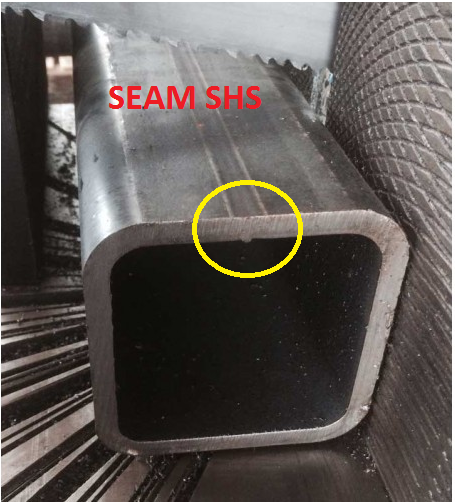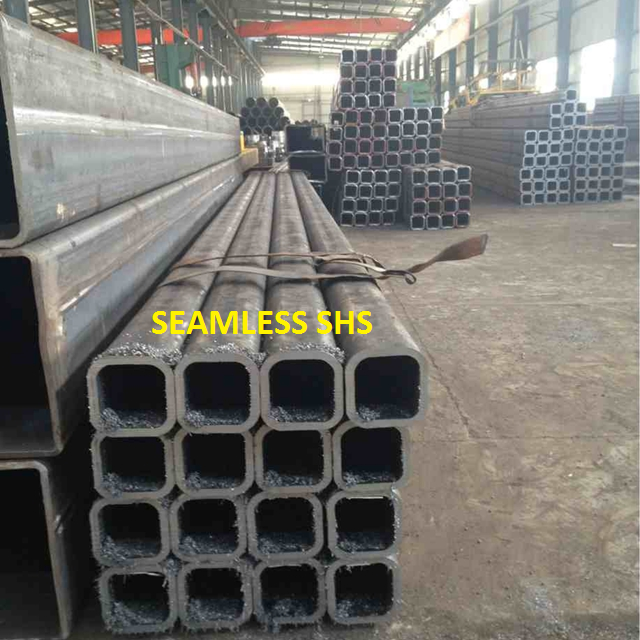As a detailer, we should constantly inspect and second guess the drawings and the details given to us by engineers and architects (well, mostly architects, because as a general rule, engineers are competent).
The Pop-Quiz
If you wish to engage in a pop-quiz: see the drawing attached here: Spigot Connection. What problems can you see arising if you follow the details put forward. The answers are contained below. Scroll down If you wish to see them.
Scroll down for the answers.
Scroll down for the answers.
Scroll down for the answers.
Scroll down for the answers.
Scroll down for the answers.
….Ok here are the answers:
See the link here: Marked Up Pdf Showing Spigot Connection. The structural drawing details the spigot connection required.
Actually, the Steel post profile size is SHS 89*89*6 and the Steel stub profile size is SHS 75*75*6.
So we will get an overall 2mm allowance between Steel stub and post.
In this case we must consider the nature of the steel profile types.
In the market we are have two different types of profiles, One is Seam SHS and another one is Seamless SHS.


If we use Seamless SHS profile, then we can erect the members, Otherwise if the SHS are of the seam profile type then we can’t erect the member – there is not enough of a clearance.
Before carrying on the structural details we must discuss with Client/Fabricators and confirm which type of SHS they are going to use.
If they have Seam SHS only, then we must reduce the stub profile and make more clearance for the easy erection.
Written By Arokiaraj and his team; Our mistake in this regard was helpfully pointed out by Brett Kennard of Apollo Fabrication. Brilliant.
Leave a Reply